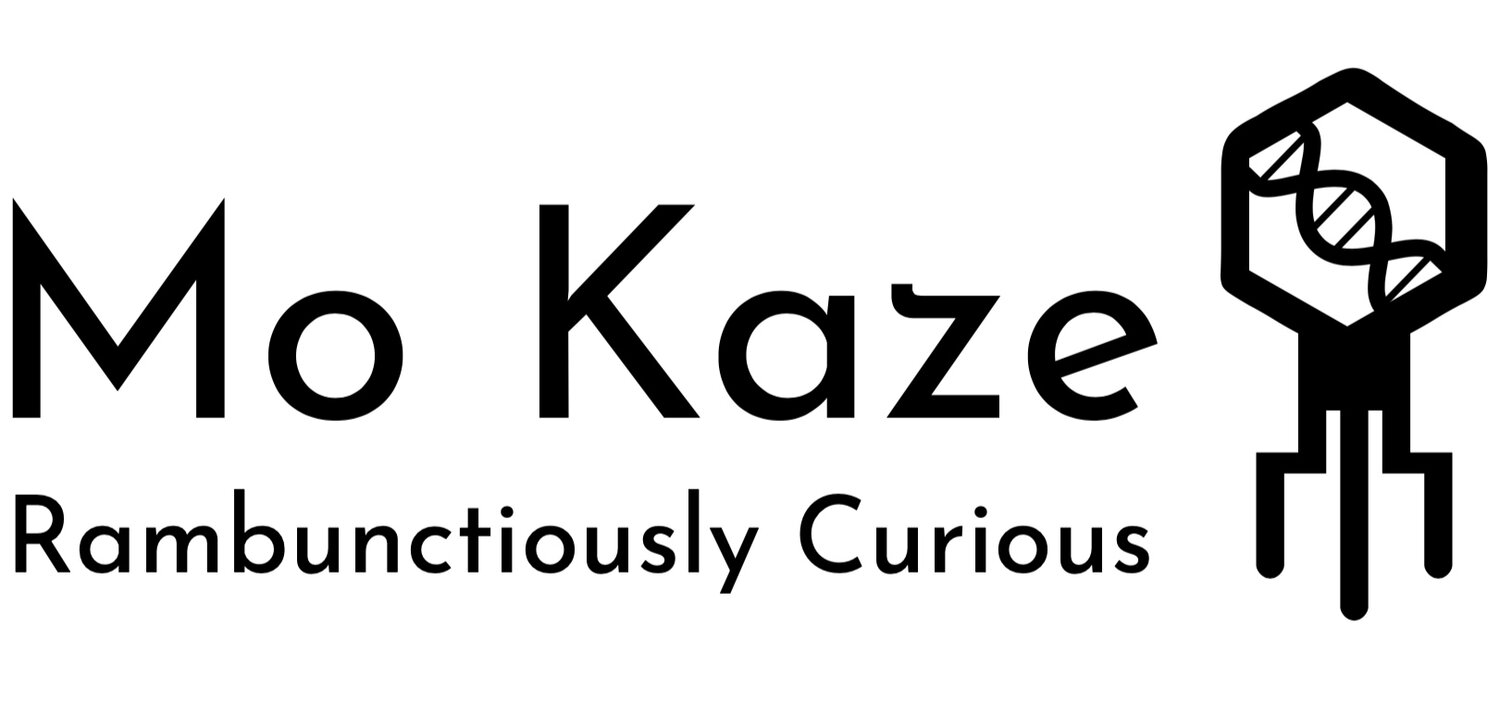My recent post has me thinking about body fluids. Actually I think about body fluids a lot. They’re just so interesting especially how their compositions are specialized for the task!
We produce antimicrobial substances everywhere we might find microbes (mouth, eyes, ear canals, butt, etc.). Bacteria and viruses sound pretty scary but we’ve evolved all kinds of clever ways to keep them out.
In my thong post I mentioned my favorite body fluid is psoriasin (yup, I have a top 5). This wonderful substance is produced by your skin cells (keratinocytes, the main cell that makes up your skin). Psoriasin is especially great at fighting E. coli. So if you aren’t a fastidious wiper your body has a defense against the bacteria you’re most likely to be exposed to (bacteria from your poop). We have the highest concentrations at the spots where we’re most likely to be infected. Our concentrations of psoriasin are highest on the palms of our hands, the bottom of our feet and in our intergluteal cleft (yer butt crack). Makes sense!
Your skin is your barrier against most infection but we get minor cuts and scrapes all the time. When you cut your finger on the cable bill the site of your wound will produce psoriasin. Once your skin is breached, your keratinocytes help out by contributing psoriasin to the mix of fluids working to move bacteria out of the area before sealing up and starting repair. It’s also why infection rarely occurs for sunburns even though blistering can expose you. Skin is so helpful!
As I was gathering sources I found an interesting article that talks about Psoriasin as the main E. coli fighting substance on your tongue. I tend to think of the tongue as a very tough muscle and not super susceptible to bacterial infection, partly due to the constant saliva wash, but also because it feels pretty solid (especially compared to an eyelid). Even when bitten it seems to recover quickly. But of course your tongue is just as susceptible to injury as other parts of you. Have you ever eaten Cap’n Crunch? That will mess your mouth up. And if you aren’t a fastidious wiper and go to town on some cheese puffs, you’re definitely at risk for E. coli gettin’ in.
I also found several articles that outlined how psoriasin is used as a biomarker to determine a diagnosis of bladder cancer. I couldn’t find any articles that detailed if the cells of the bladder produce psoriasin normally. It makes sense that the bladder, a waste container, doesn't really need to produce substances to fight E. coli. The bladder regularly empties and perhaps urine pH doesn't create an ideal environment. I wonder why it starts being produced (or possibly produced in greater amounts) when the cancer arises? Psoriasin is also produced in significant amounts during breast cancer growth. Is it a possible defense against runaway cellular growth? A byproduct of a rogue cell? More research required!
One area that seems like an ideal candidate for psoriasin production is the urethra. So why don't the cells of this tube secrete it? They have all the requirements for E. coli exposure: location, location, location! Vaginal fluid contains small amounts of psoriasin so why doesn’t the urinary tract? UTI’s affect so many women! Evolution, I’m putting in a feature request!
I’m super curious to know why we haven’t synthesized psoriasin for use in hand sanitizers. Protein synthesis is challenging but this seems like an ideal solution! Maybe instead of using broad spectrum β-Lactam antibiotics for UTI treatment we could develop a psoriasin based treatment gel and treat the region instead of the whole body. Antibiotic resistance and overuse is a huge issue and perhaps this is the way to fight bacterial exposure in the future; using tailored, amped up fluids that are already working for us. I hope so!
References:
Gläser, Regine, et al. "Antimicrobial psoriasin (S100A7) protects human skin from Escherichia coli infection." Nature immunology 6.1 (2004): 57-64.
Thongboonkerd, V., et al. "Urinary proteomics and biomarker discovery for glomerular diseases." (2004): 292-307.
Meyer, J. E., et al. "Psoriasin (S100A7) is a principal antimicrobial peptide of the human tongue." Mucosal immunology 1.3 (2008): 239-243.
Lee, Kathleen C., and Richard L. Eckert. "S100A7 (Psoriasin)–mechanism of antibacterial action in wounds." Journal of Investigative Dermatology 127.4 (2006): 945-957.
Mildner, M., et al. "Psoriasin (S100A7) is a major Escherichia coli-cidal factor of the female genital tract." Mucosal immunology 3.6 (2010): 602-609.
Al-Haddad, Sahar, et al. "Psoriasin (S100A7) expression and invasive breast cancer." The American journal of pathology 155.6 (1999): 2057-2066.
Brodersen, Ditlev Egeskov, et al. "EF-hands at atomic resolution: the structure of human psoriasin (S100A7) solved by MAD phasing." Structure 6.4 (1998): 477-489.
